Home>Furniture & Design>Bathroom Accessories>How To Turn Off Water In A Bathtub
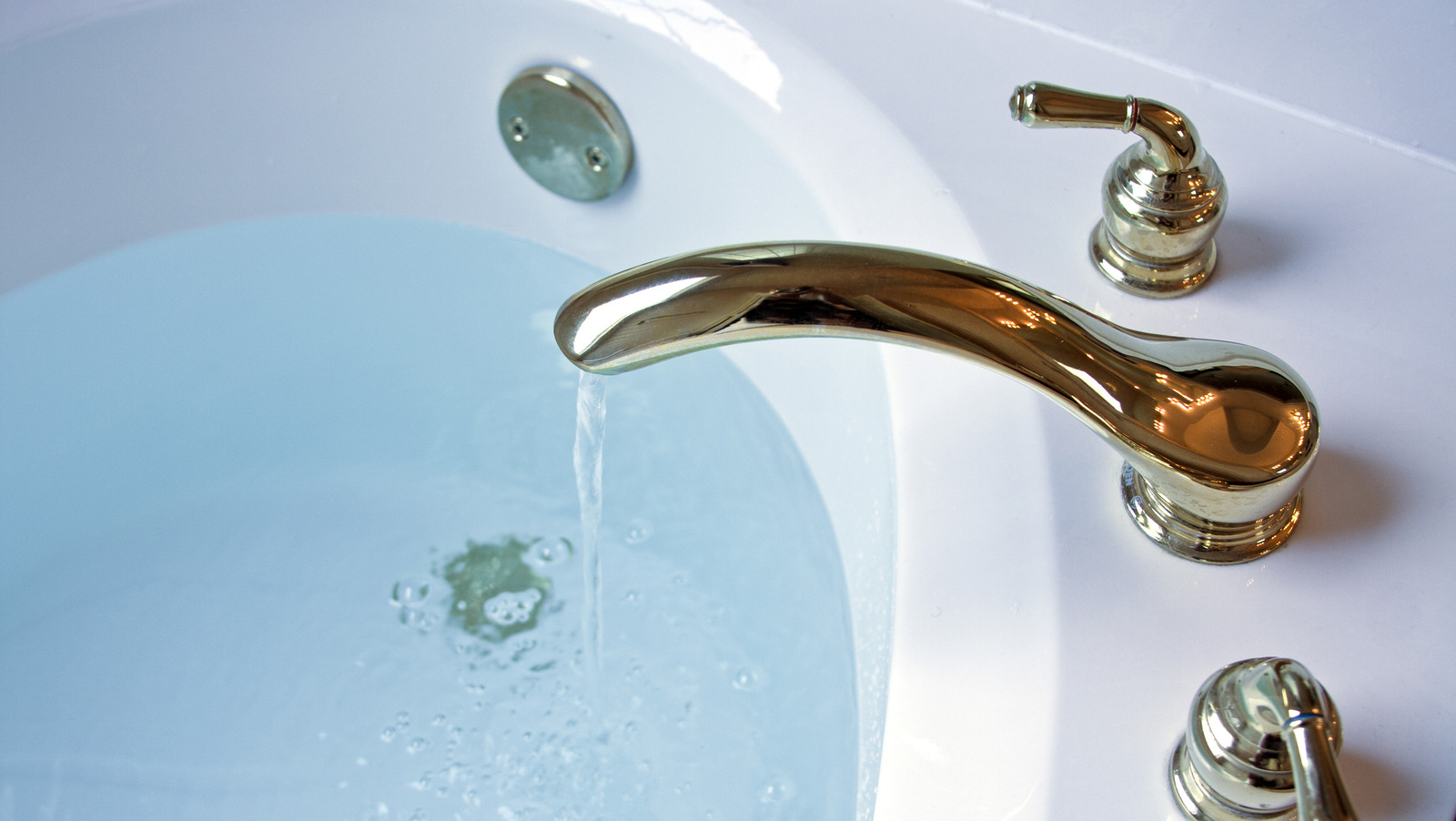

Bathroom Accessories
How To Turn Off Water In A Bathtub
Modified: August 30, 2024
Learn how to easily turn off the water in your bathtub with the right bathroom accessories. Follow these simple steps to prevent leaks and water wastage. Keep your bathroom in top condition!
(Many of the links in this article redirect to a specific reviewed product. Your purchase of these products through affiliate links helps to generate commission for Storables.com, at no extra cost. Learn more)
Introduction
Turning off the water in a bathtub is a fundamental skill that every homeowner should possess. Whether you need to perform maintenance, make repairs, or simply want to prevent potential water damage, knowing how to shut off the water supply to your bathtub is essential. By following a few simple steps, you can effectively turn off the water and proceed with your necessary tasks without any hassle.
Understanding the location and operation of the water shut-off valve is crucial for successfully completing this task. This article will guide you through the process, providing clear instructions and valuable insights to help you confidently manage the water supply to your bathtub. With the right knowledge and a bit of practice, you can master this essential skill and gain peace of mind knowing that you have the ability to control the water flow in your bathtub.
Now, let's delve into the step-by-step process of turning off the water in a bathtub, empowering you to take charge of your home's plumbing system with confidence and ease.
Key Takeaways:
- Mastering the skill of turning off the water in a bathtub empowers homeowners to confidently control their plumbing system and prevent potential water damage. It’s a fundamental skill for home maintenance and repairs.
- By locating the shut-off valve, turning off the water, and testing for any leaks, homeowners can ensure that the water supply to their bathtub is effectively controlled. This proactive approach provides peace of mind and confidence in managing home plumbing.
Read more: How To Turn Off Bathtub Jets
Step 1: Locate the water shut-off valve
The first step in turning off the water in a bathtub is to locate the water shut-off valve. The shut-off valve is typically located near the bathtub, often in the vicinity of the tub's plumbing fixtures. However, the exact placement of the shut-off valve can vary depending on the specific plumbing configuration of your home.
-
Check Under the Sink: If your bathtub is equipped with an access panel, you may find the shut-off valve located under the sink. Access panels are commonly installed in bathrooms to provide convenient access to the plumbing components, including the shut-off valve. Look for a small door or panel beneath the sink, and carefully inspect the area for the presence of the shut-off valve.
-
Inspect the Wall: In some cases, the shut-off valve may be located within the wall near the bathtub. This is often the case for older homes or residences with unique plumbing layouts. Look for an access panel or removable cover on the wall near the bathtub, and carefully examine the area to locate the shut-off valve.
-
Search Near the Tub: The shut-off valve may also be located directly adjacent to the bathtub, concealed behind a decorative panel or trim. Take a close look at the area surrounding the bathtub, paying attention to any removable panels or fixtures that may conceal the shut-off valve.
-
Consult the Home's Blueprints: If you are unable to locate the shut-off valve through visual inspection, it may be helpful to refer to the blueprints or plumbing layout of your home. These documents can provide valuable insight into the precise location of the shut-off valve, helping you pinpoint its position with accuracy.
Once you have successfully located the shut-off valve, you are ready to proceed to the next step of turning off the water in your bathtub. By taking the time to identify the shut-off valve, you are laying the groundwork for effectively managing the water supply to your bathtub, enabling you to carry out necessary maintenance or repairs with confidence and ease.
Step 2: Turn off the water
After successfully locating the water shut-off valve, the next crucial step is to turn off the water supply to your bathtub. This process is essential for ensuring that no water flows into the bathtub while you perform maintenance, repairs, or any other necessary tasks. By following these simple yet important steps, you can effectively shut off the water and proceed with confidence.
-
Positioning the Valve: Once you have located the shut-off valve, carefully position yourself in a way that allows for easy access to the valve. Depending on the type of valve, you may need to use a wrench or simply turn the valve by hand. Ensure that you have sufficient space to maneuver and operate the valve without any obstructions.
-
Turning the Valve: Using the appropriate tool or your hand, turn the shut-off valve in a clockwise direction to close it. This action effectively stops the flow of water to the bathtub, preventing any water from entering the plumbing system. It's important to apply gentle and steady pressure to avoid damaging the valve or the surrounding plumbing components.
-
Confirming Closure: After turning the shut-off valve, it's advisable to double-check that the water supply has been successfully shut off. You can do this by turning on the bathtub faucet to see if any water flows out. If no water comes out, it indicates that the shut-off valve has effectively stopped the water supply.
-
Additional Precautions: In some cases, particularly with older plumbing systems, the shut-off valve may be difficult to operate or may not completely stop the water flow. If you encounter such a situation, it's important to take additional precautions, such as using a secondary shut-off valve or seeking professional assistance to address any underlying issues with the plumbing system.
By carefully following these steps, you can confidently turn off the water supply to your bathtub, ensuring that you have full control over the water flow during maintenance or repair tasks. This proactive approach not only prevents potential water damage but also empowers you to manage your home's plumbing system with ease and efficiency.
Locate the water shut-off valve for the bathtub, usually found near the tub or in the basement. Turn the valve clockwise to shut off the water supply.
Step 3: Test the water to ensure it is off
After successfully turning off the water supply to your bathtub, it's essential to verify that the water flow has been effectively stopped. Testing the water ensures that no unexpected leaks or residual water remains in the plumbing system, providing you with the confidence to proceed with your maintenance or repair tasks without any concerns.
To test the water and confirm that it is off, follow these simple yet crucial steps:
-
Turn on the Faucet: Begin by turning on the bathtub faucet to check for any water flow. If the shut-off valve has been properly closed, no water should come out of the faucet. This initial test allows you to visually confirm that the water supply has been effectively shut off.
-
Observe the Water Flow: Carefully observe the faucet for any signs of water flow. Even a small trickle of water indicates that the shut-off valve may not be fully closed or that there is a potential issue with the plumbing system. By paying close attention to the water flow, you can quickly identify any anomalies and take appropriate action to address them.
-
Listen for Water Flow: In addition to visual observation, listen for any sounds of water flowing through the pipes. A properly closed shut-off valve should result in complete silence, indicating that the water supply has been successfully stopped. Any audible water flow suggests that further investigation or adjustments to the shut-off valve may be necessary.
-
Check Surrounding Areas: While testing the water, take a moment to inspect the surrounding areas for any signs of water leakage or moisture. Even if the shut-off valve appears to be closed, visible water accumulation or dampness could indicate a potential issue. By conducting a thorough visual inspection, you can proactively address any concerns before proceeding with your planned tasks.
By diligently testing the water and confirming that it is off, you can ensure that your bathtub's water supply has been effectively shut off, providing you with the peace of mind to carry out your maintenance or repair activities without any unexpected water-related disruptions. This proactive approach not only safeguards your plumbing system but also empowers you to confidently manage your home's infrastructure.
Conclusion
Mastering the process of turning off the water in a bathtub is a valuable skill that empowers homeowners to take control of their plumbing system with confidence and ease. By following the step-by-step guide outlined in this article, you have gained the knowledge and understanding necessary to effectively manage the water supply to your bathtub.
Successfully locating the water shut-off valve is the foundational step in this process, providing you with the essential starting point for shutting off the water. Whether the shut-off valve is situated under the sink, within the wall, or near the bathtub, your ability to identify its precise location is crucial for seamless water control.
Once the shut-off valve is located, the subsequent step of turning off the water ensures that no water flows into the bathtub during maintenance or repair tasks. By carefully positioning yourself and operating the shut-off valve in a clockwise direction, you can confidently stop the water supply, preventing potential water-related issues and enabling you to proceed with your planned activities without any disruptions.
Testing the water to confirm that it is off serves as the final checkpoint in this process, allowing you to visually and audibly verify that the shut-off valve has effectively stopped the water flow. This proactive measure provides you with the assurance and peace of mind to carry out your maintenance or repair tasks, knowing that the water supply to your bathtub has been successfully controlled.
By mastering the art of turning off the water in a bathtub, you have equipped yourself with a fundamental skill that contributes to the overall maintenance and care of your home. Whether you need to address a plumbing issue, perform routine maintenance, or make repairs, your ability to confidently manage the water supply to your bathtub is a testament to your proactive approach to home management.
In conclusion, the knowledge and expertise gained from this guide empower you to navigate the intricacies of your home's plumbing system, ensuring that you can effectively control the water supply to your bathtub whenever the need arises. With this essential skill at your disposal, you can approach home maintenance and repair tasks with confidence, knowing that you have the capability to manage your plumbing system with precision and ease.
Frequently Asked Questions about How To Turn Off Water In A Bathtub
Was this page helpful?
At Storables.com, we guarantee accurate and reliable information. Our content, validated by Expert Board Contributors, is crafted following stringent Editorial Policies. We're committed to providing you with well-researched, expert-backed insights for all your informational needs.
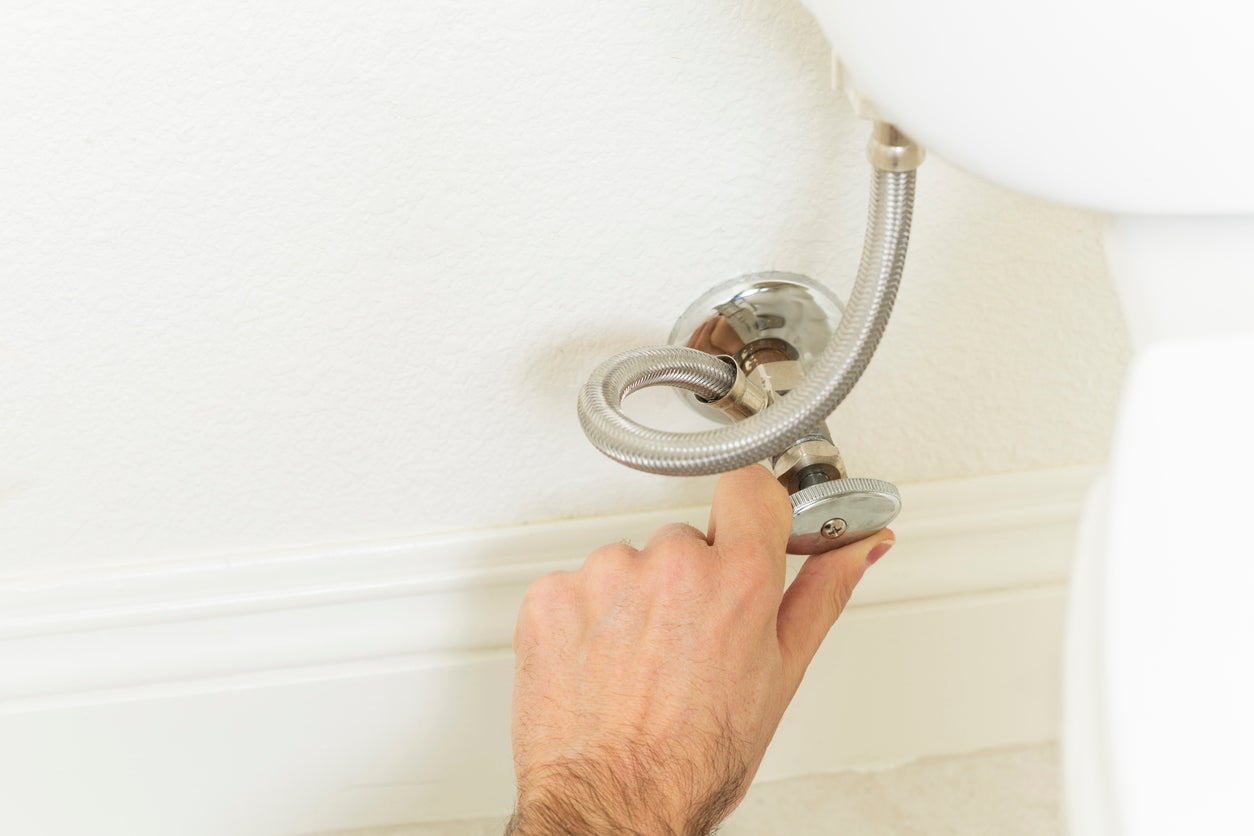
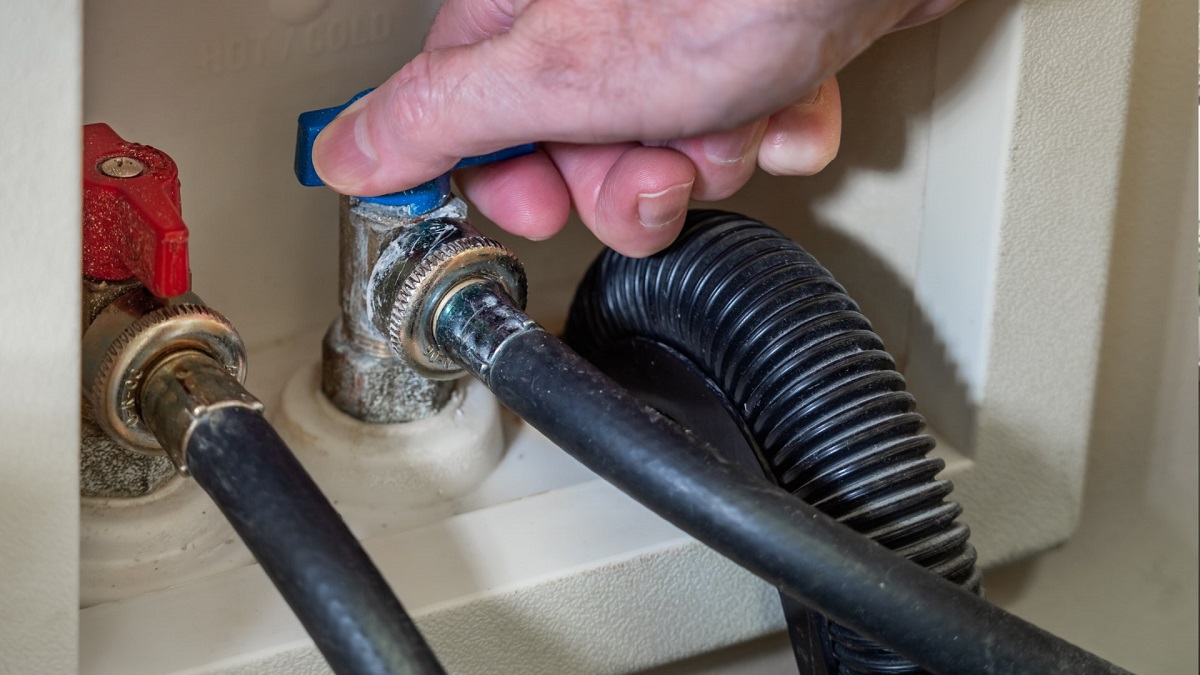
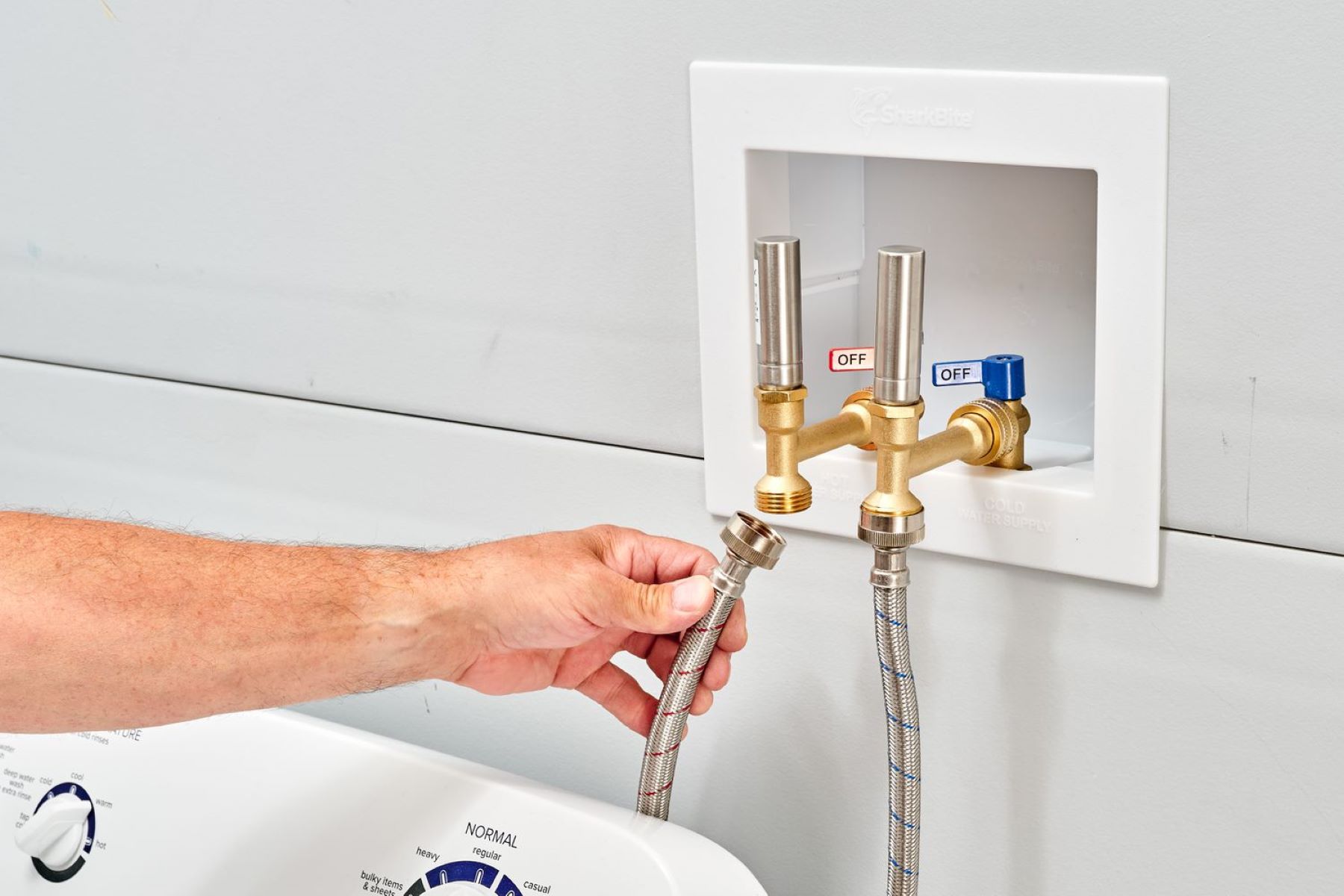
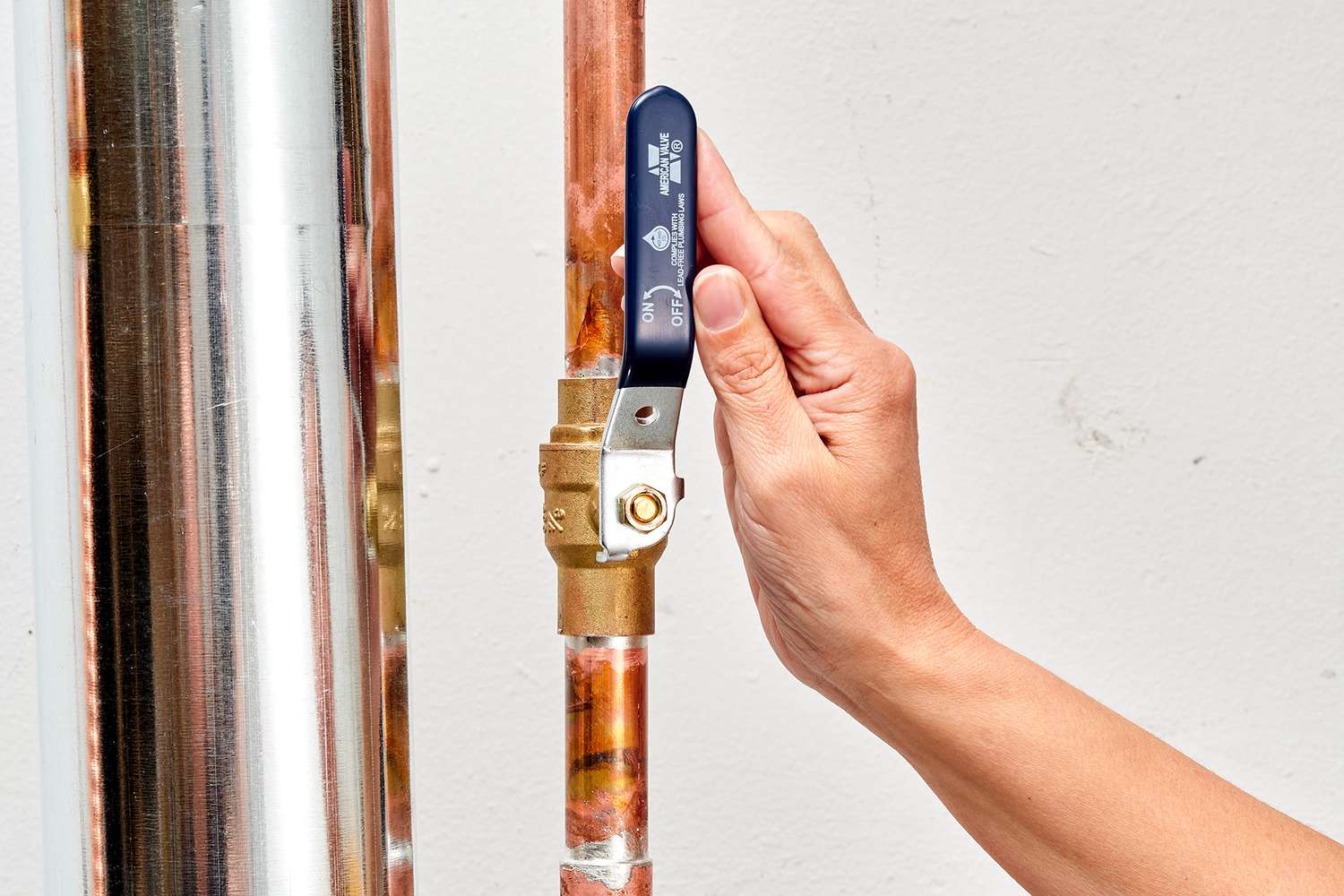
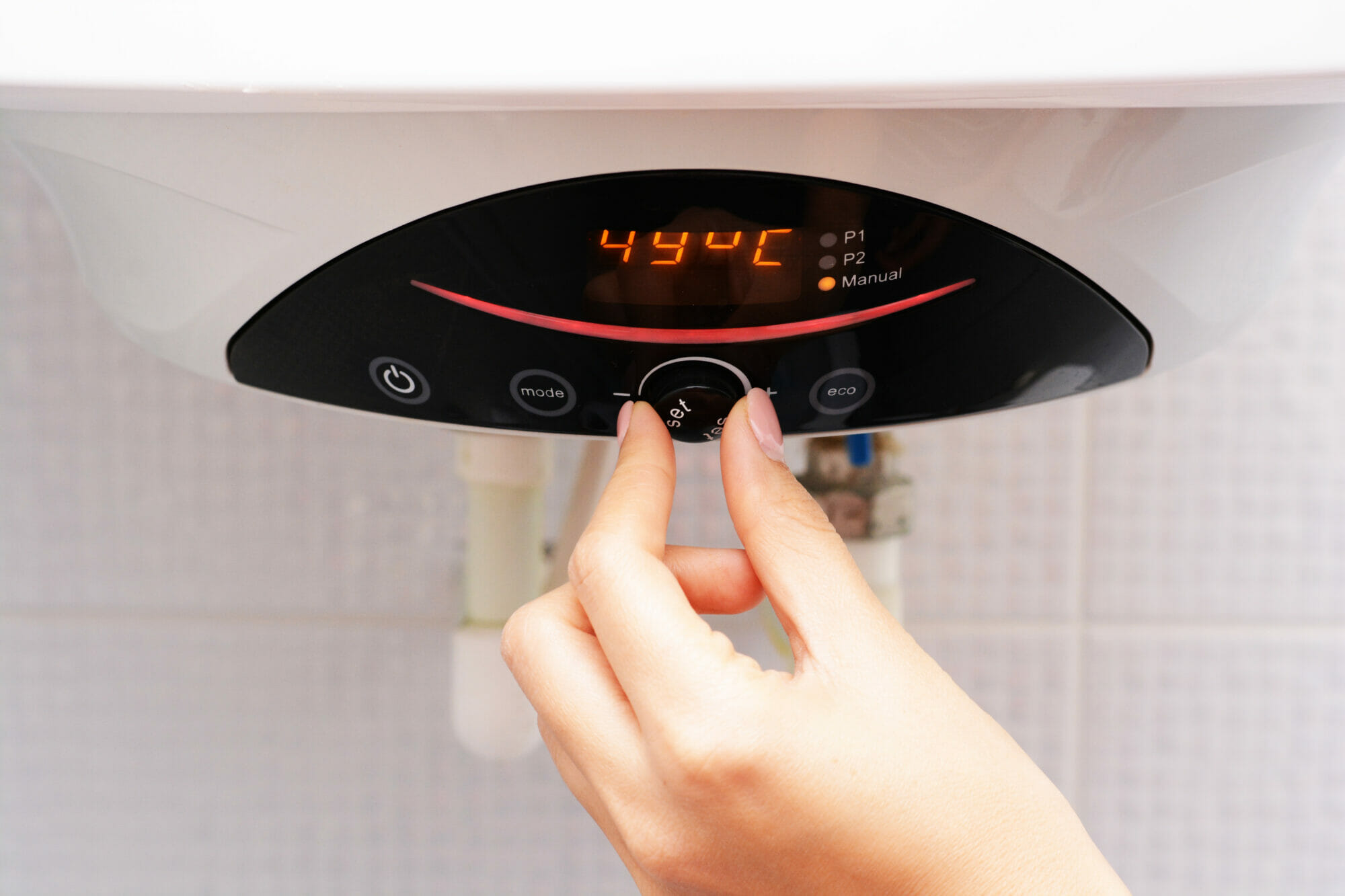
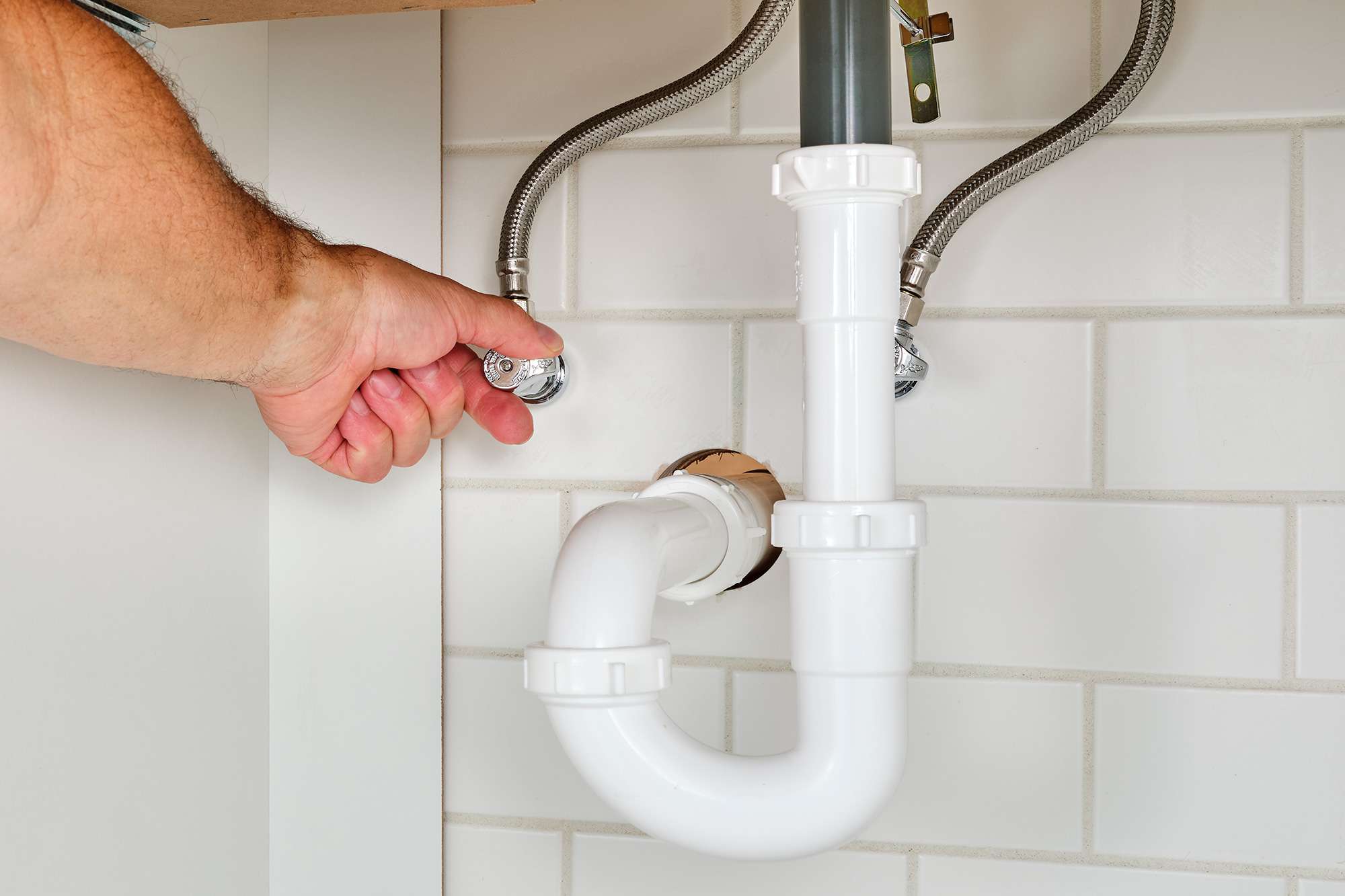
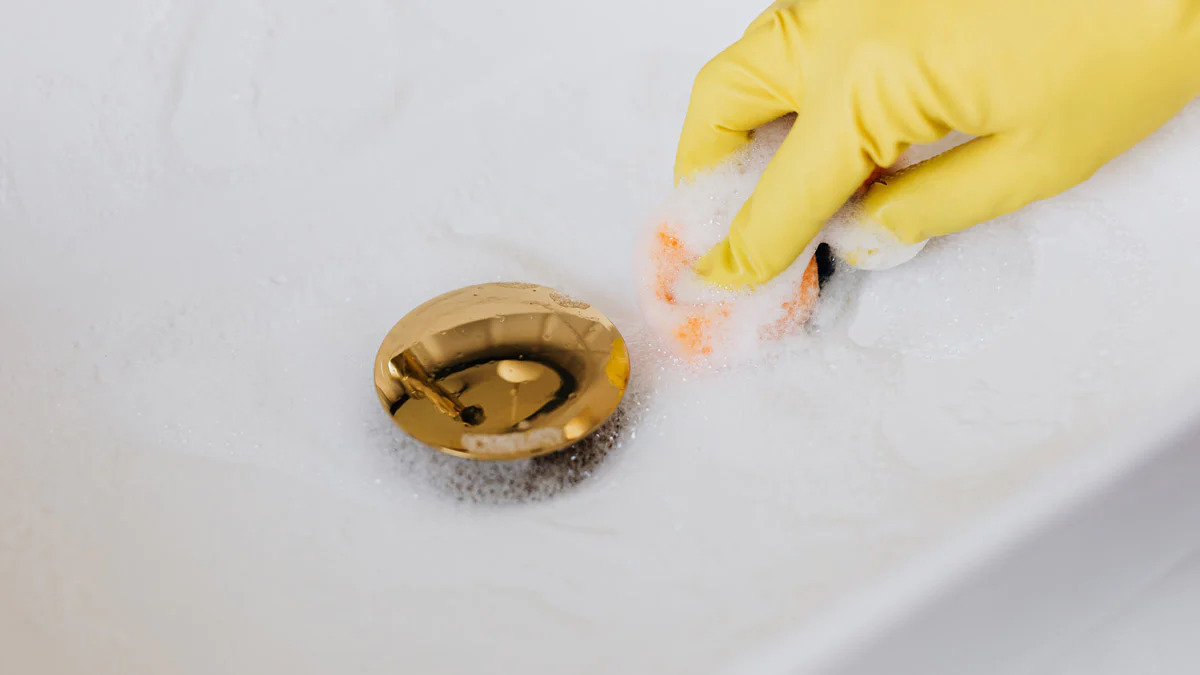
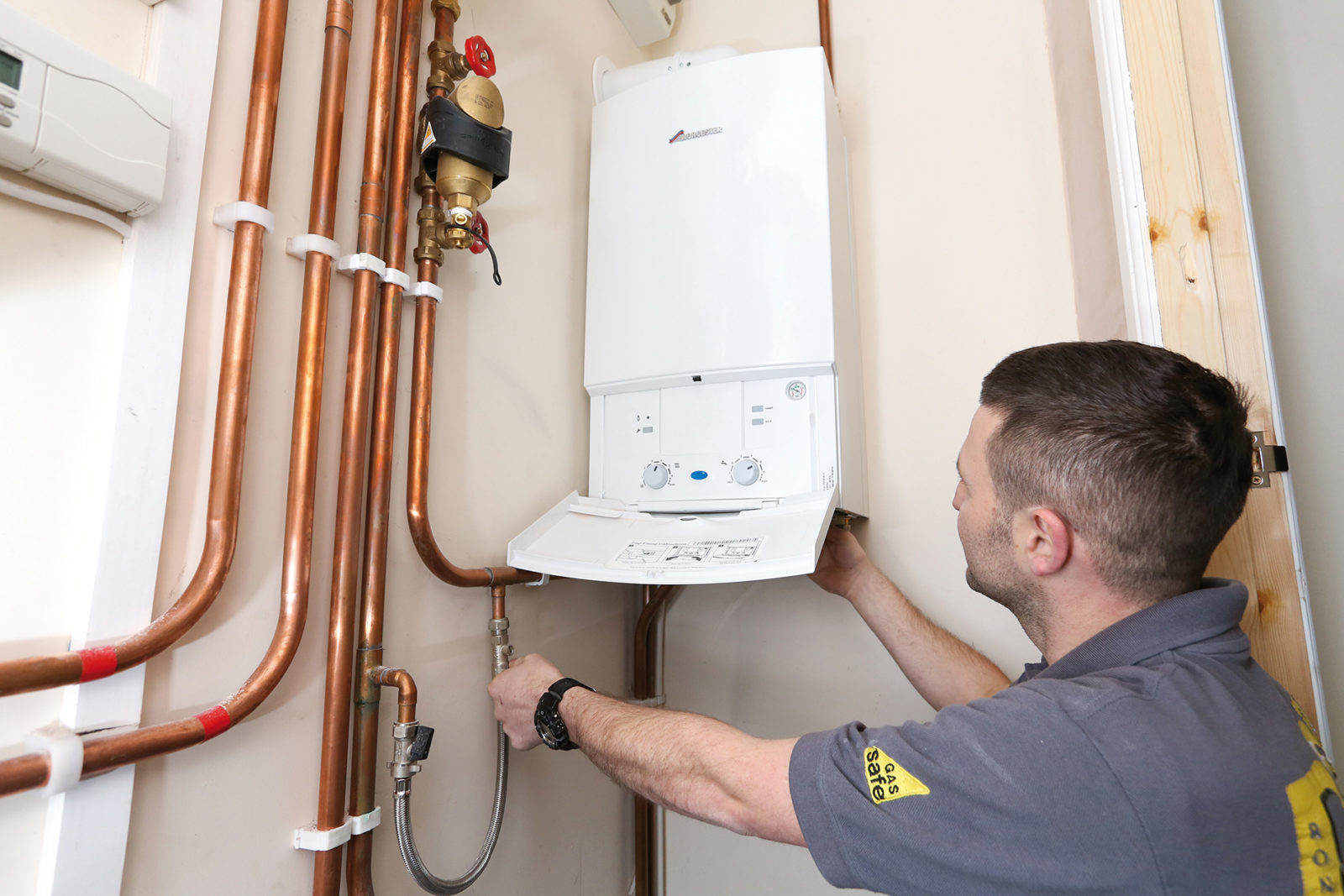
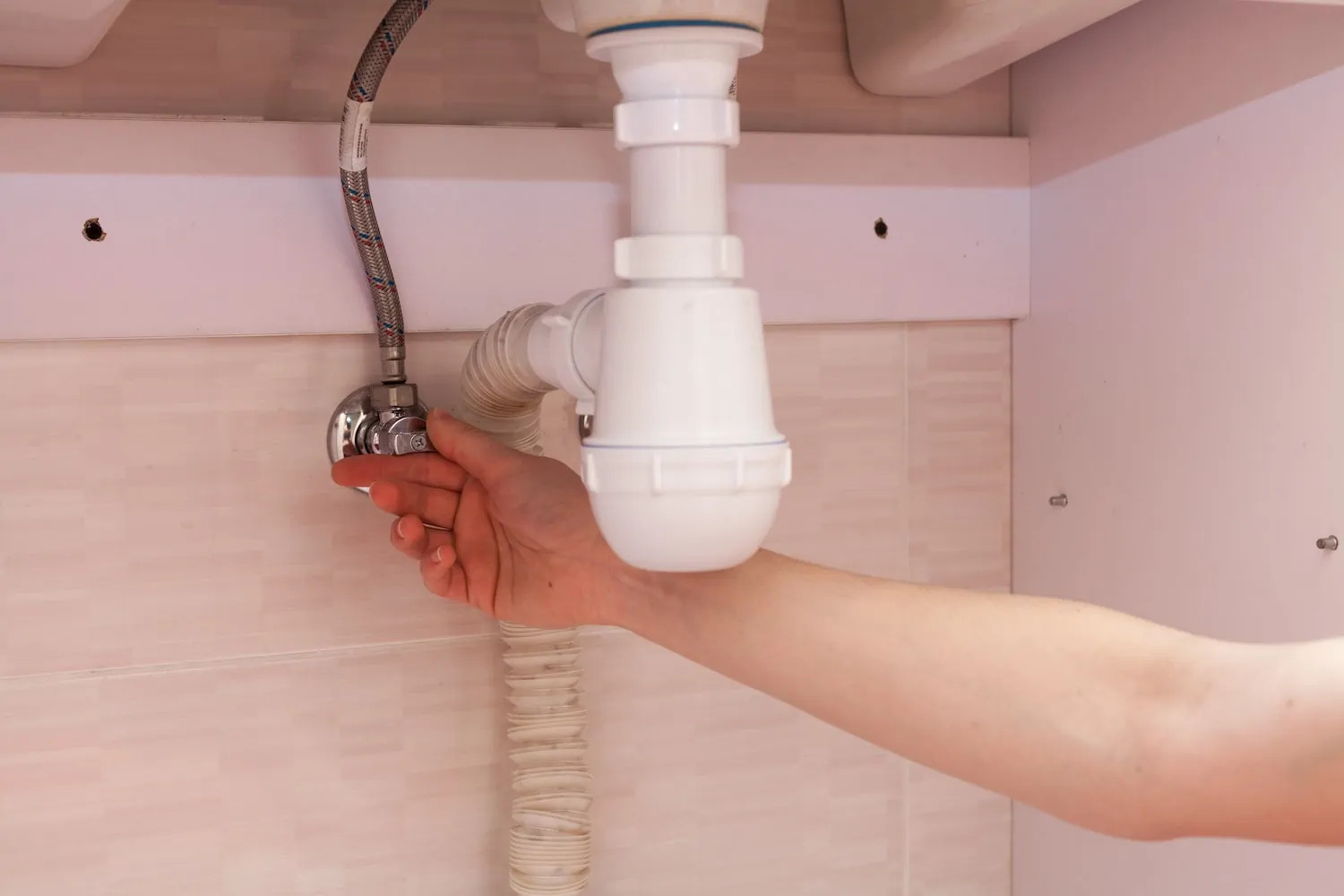

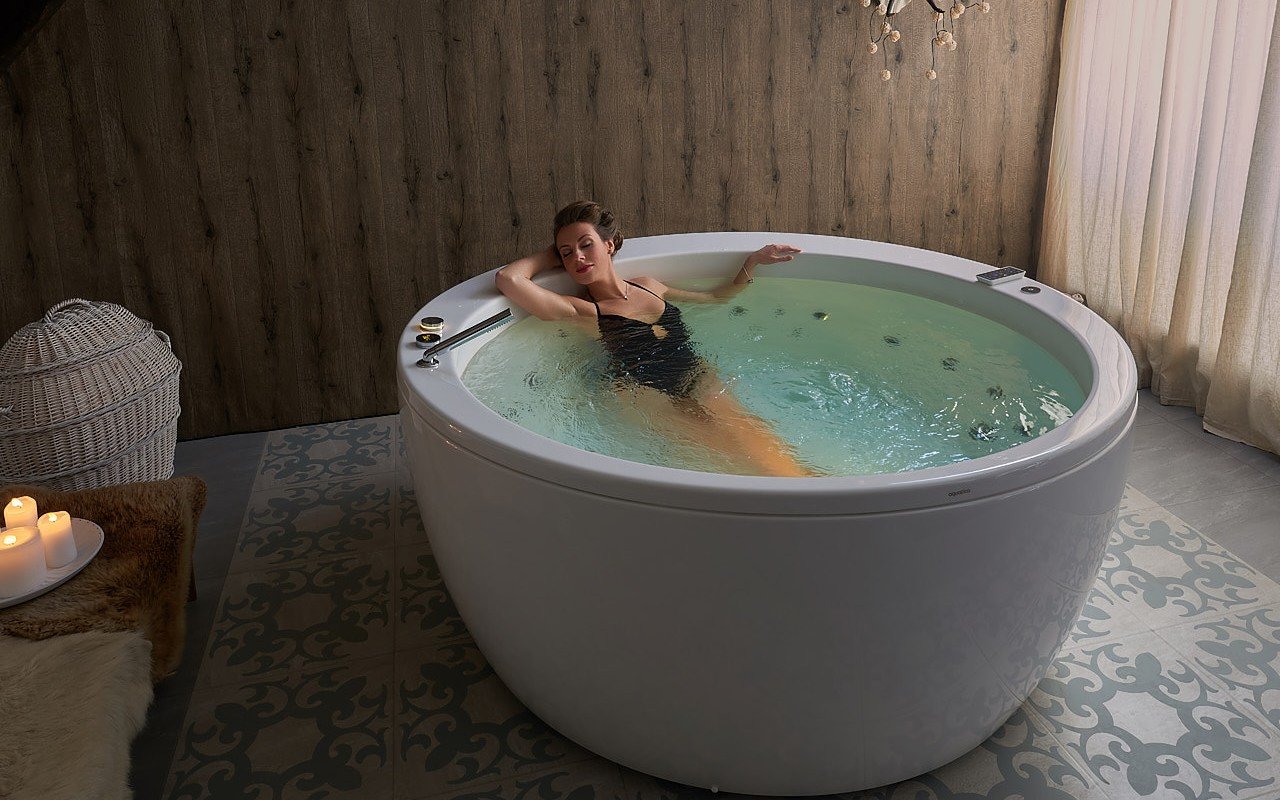
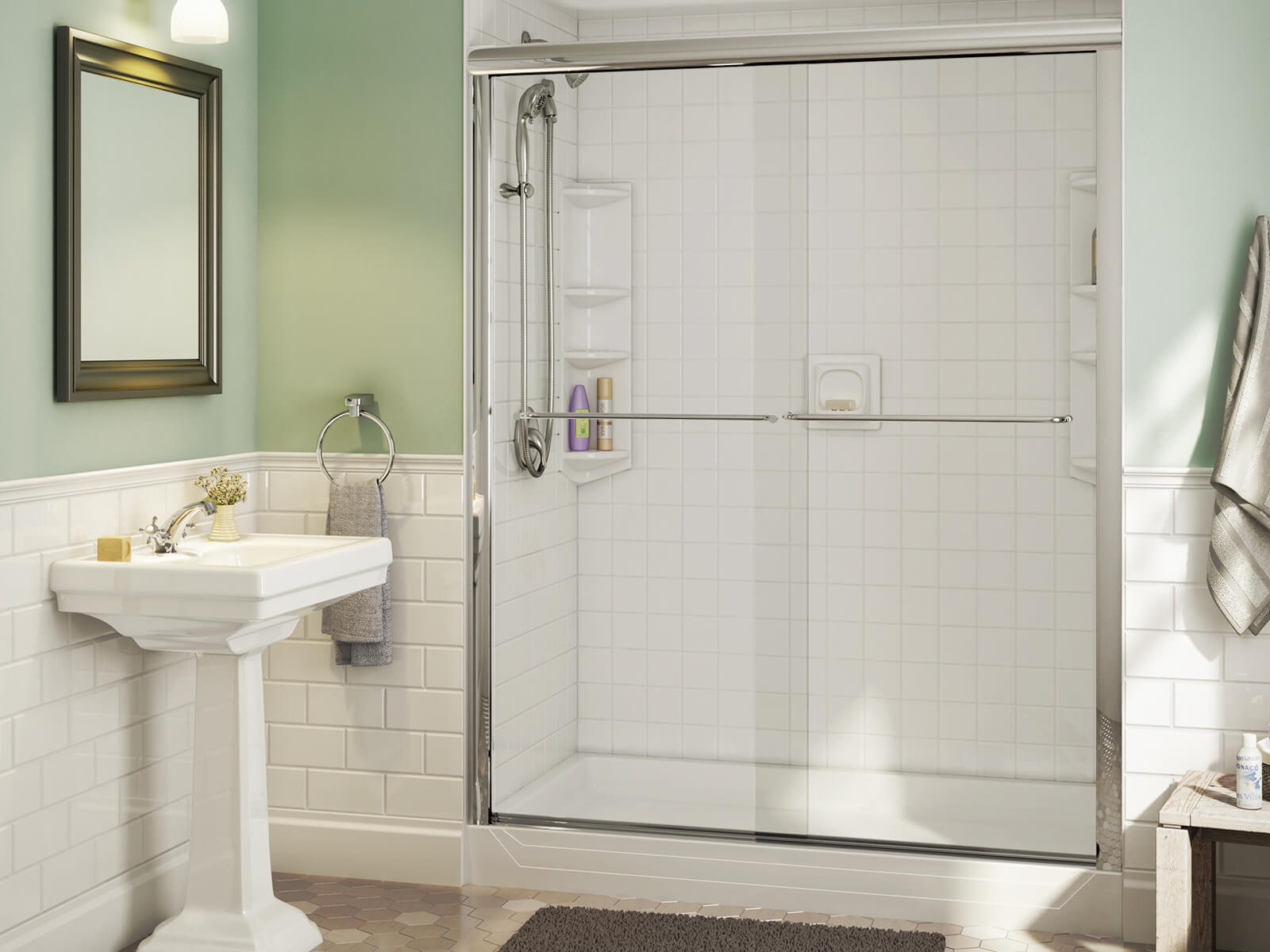
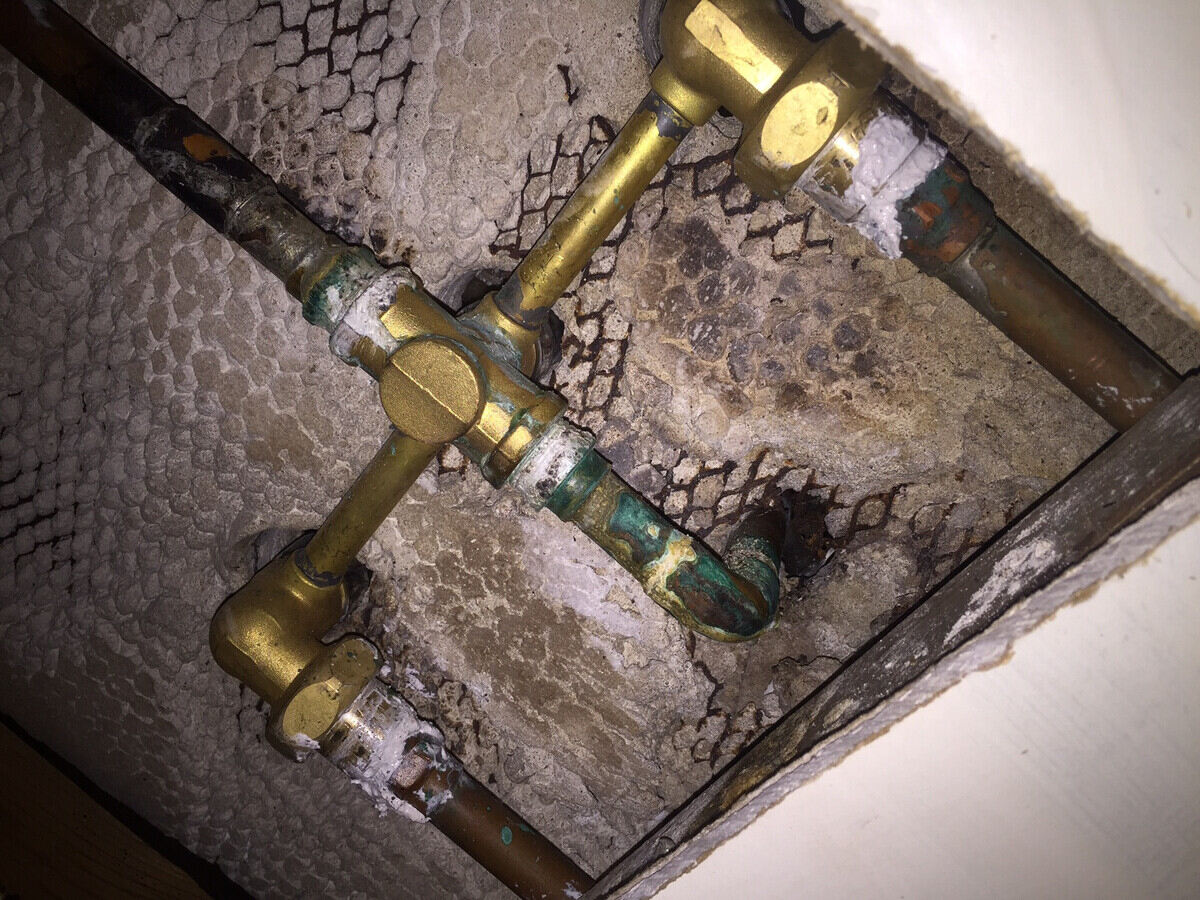
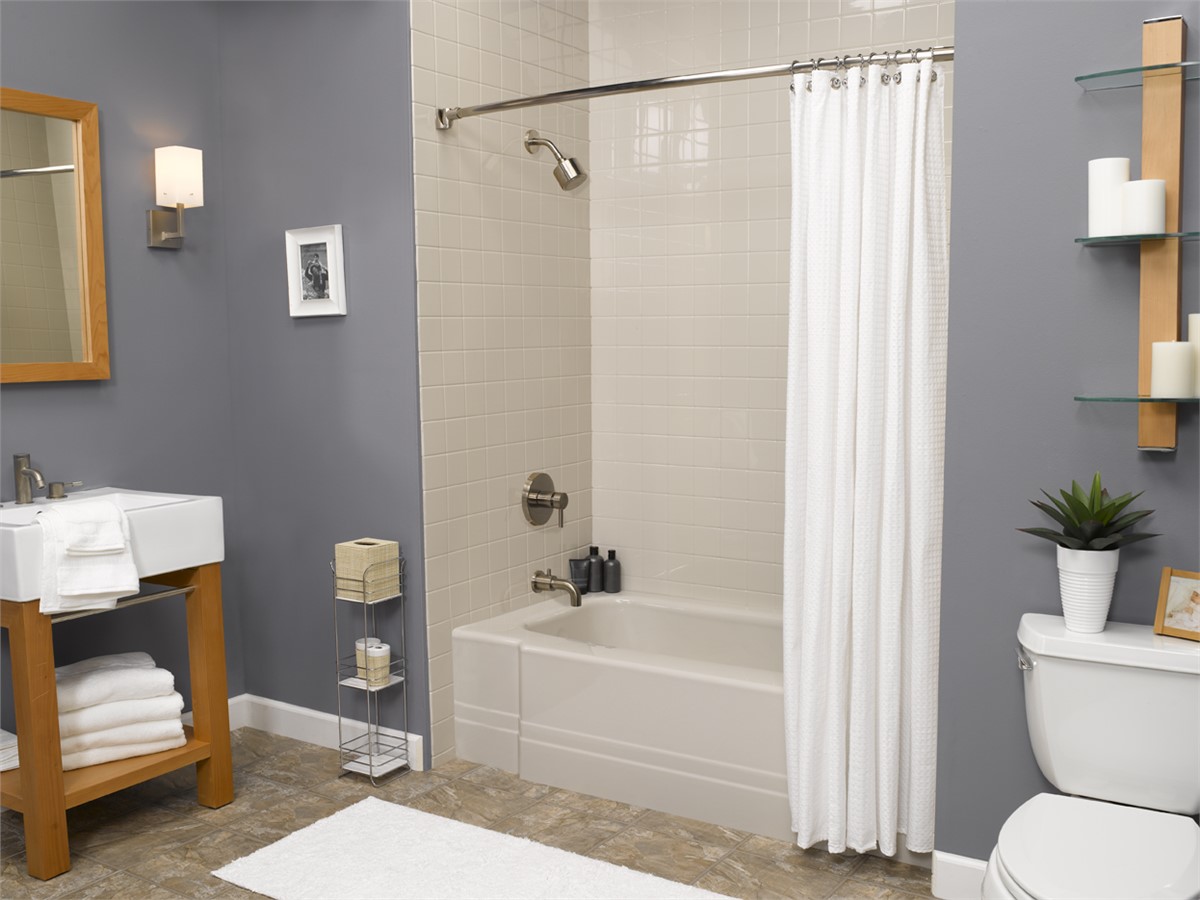


0 thoughts on “How To Turn Off Water In A Bathtub”